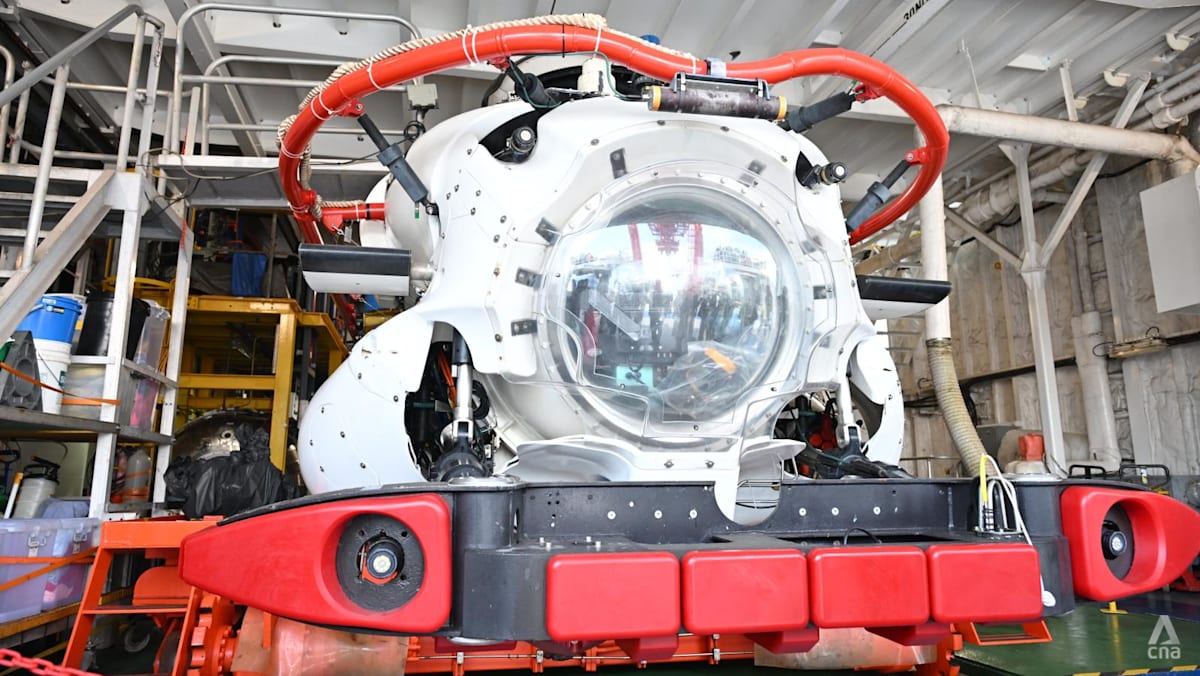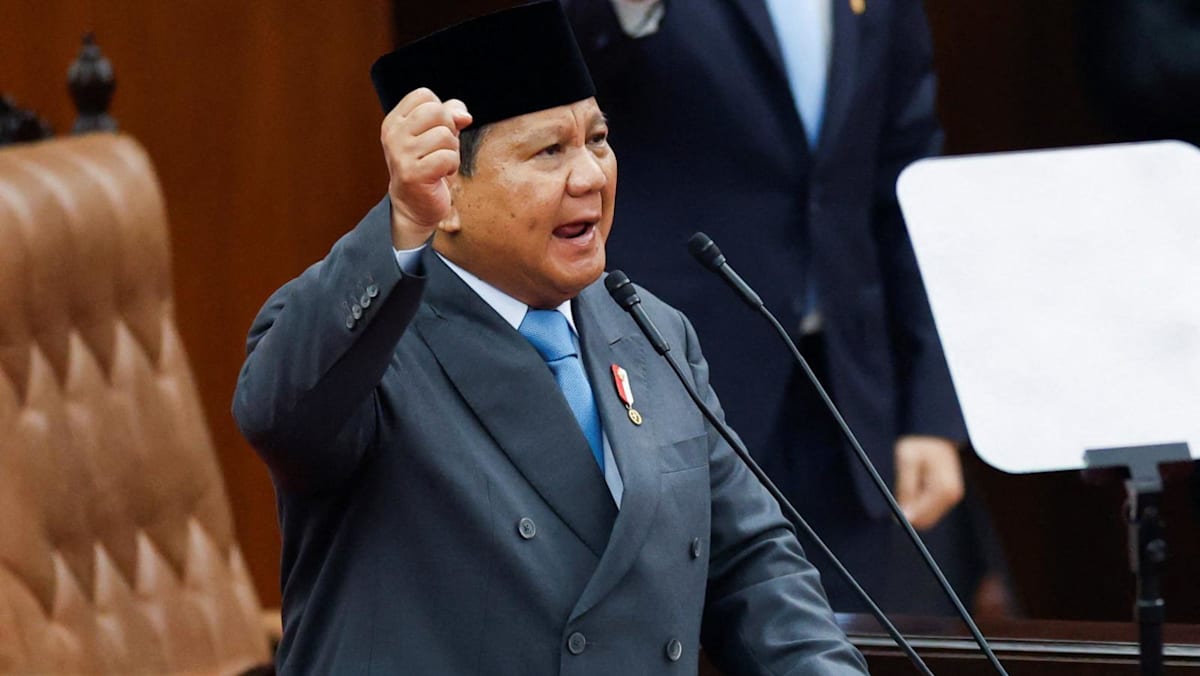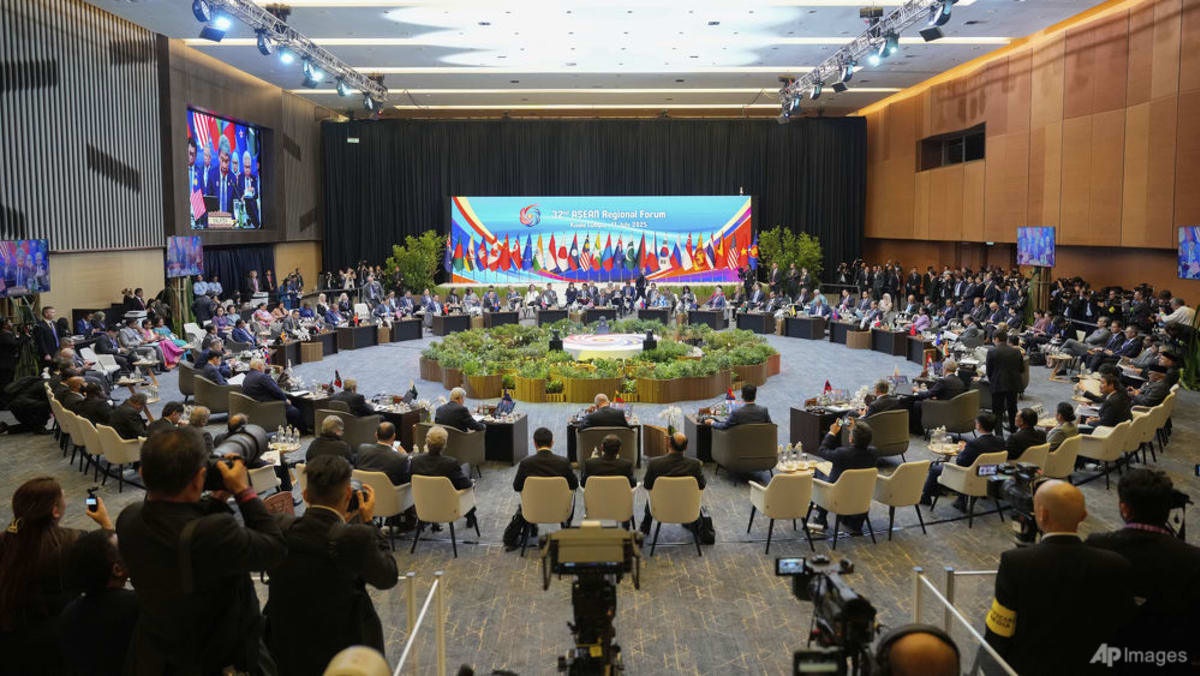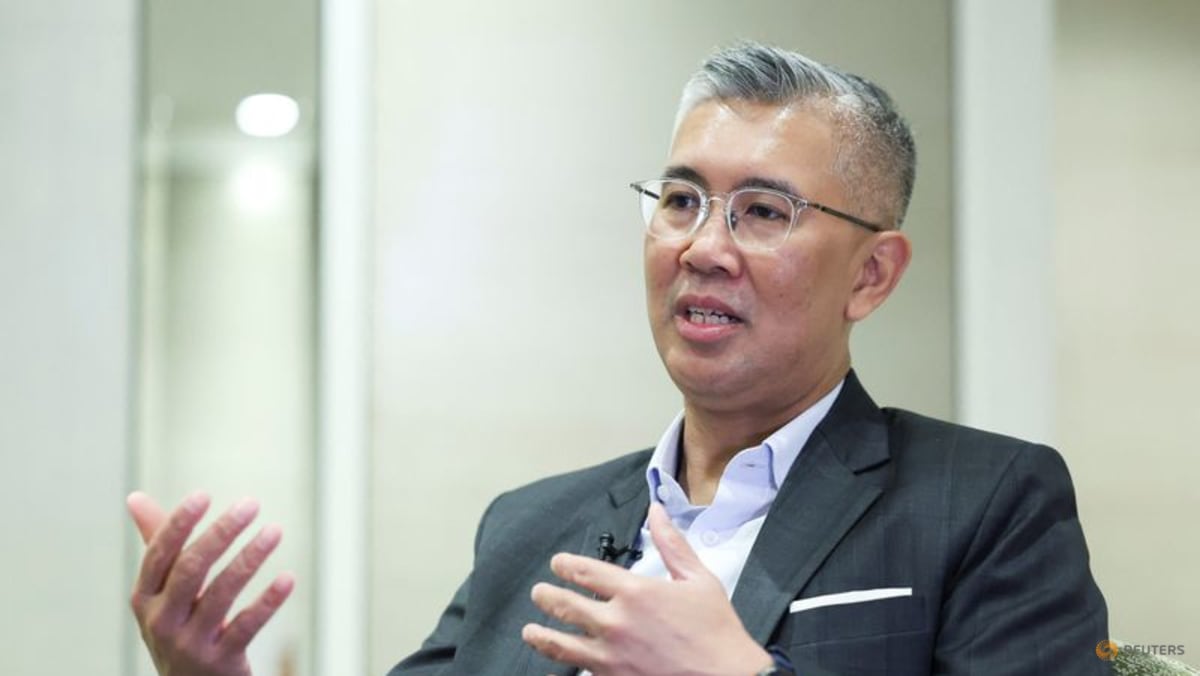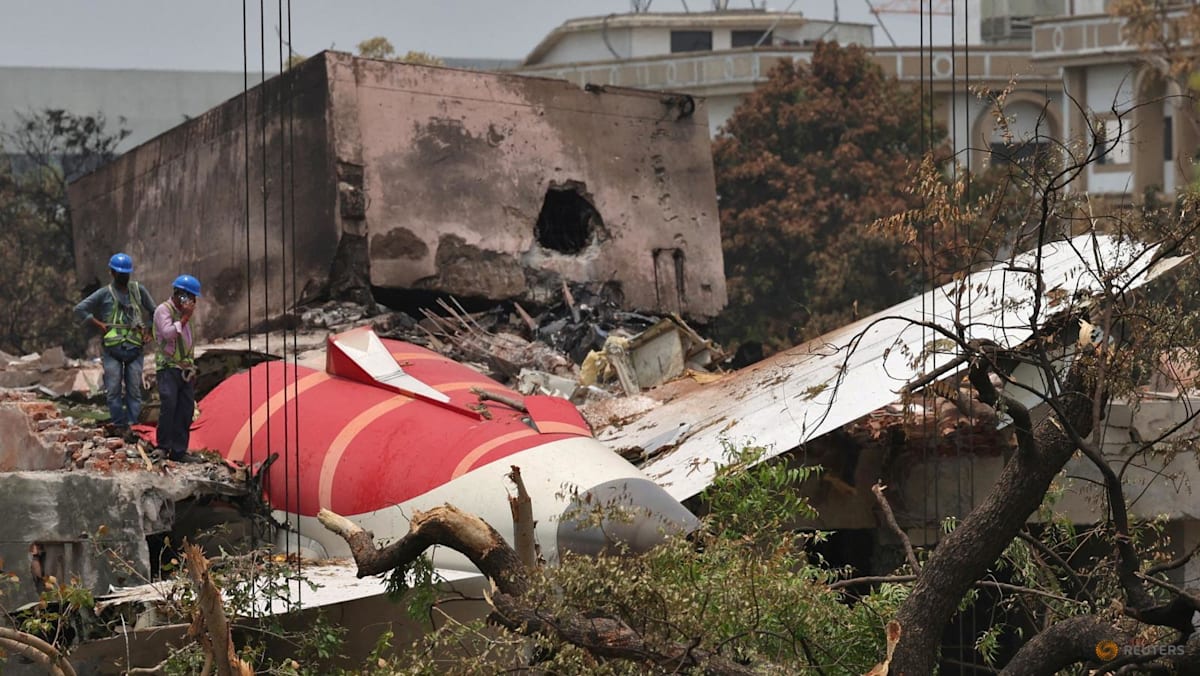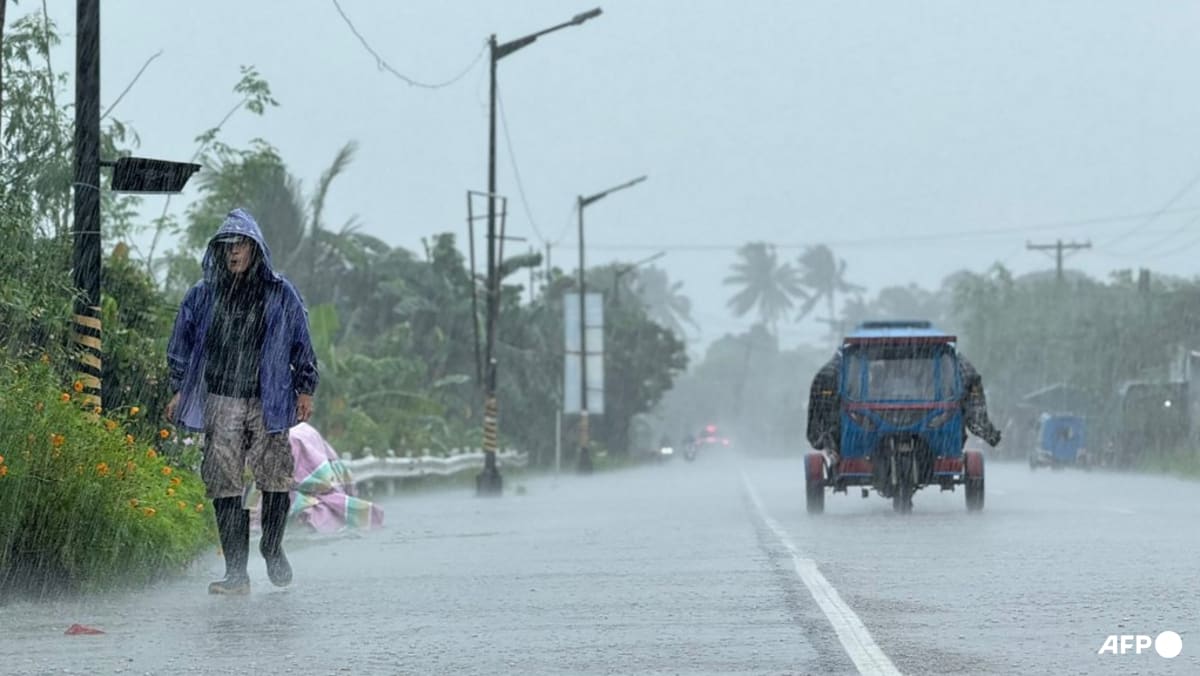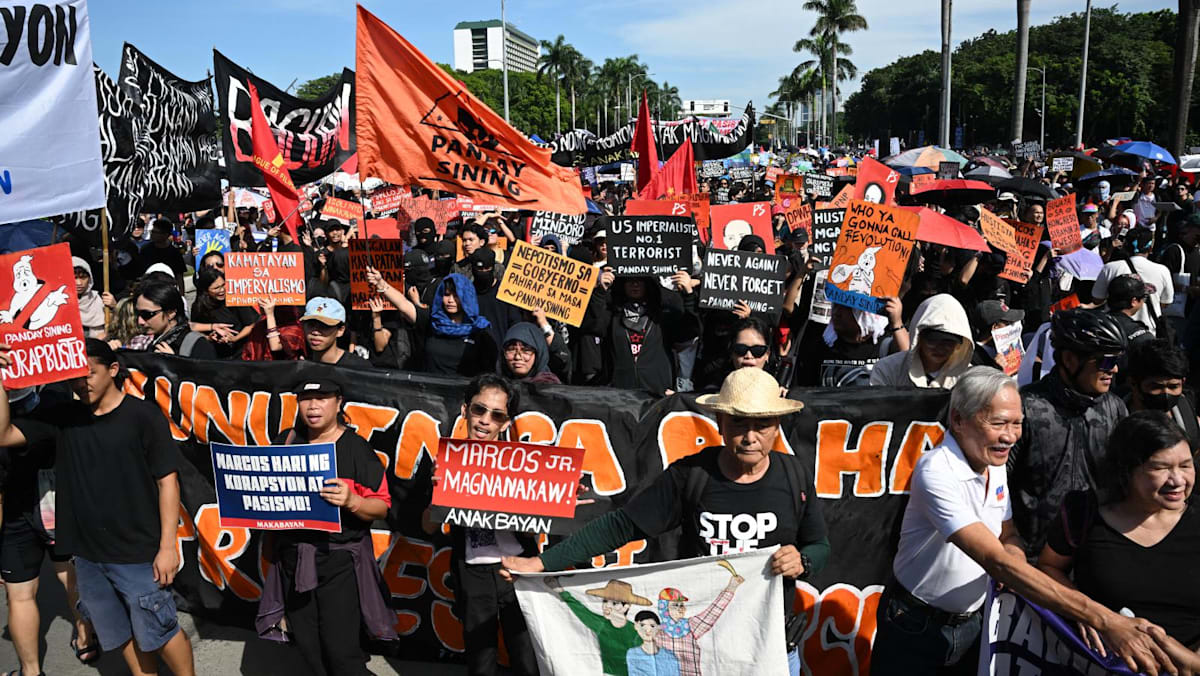A RESPONSE TO GEOECONOMIC TURMOIL
As early as 1987, ASEAN’s heads of government recognised the importance of holding joint ministerial meetings if needed to enhance coordination.
In the joint communique of the third ASEAN Heads of Government meeting in Manila that year, they agreed that a “Joint Ministerial Meeting of Foreign and Economic Ministers may be held, as and when necessary”.
The first joint meeting of finance, central bank governors, and foreign ministers took place in November 1999, in Manila, Philippines on the eve of the 3rd ASEAN Informal Summit, due to the challenges raised by the Asian financial crisis.
“The ministers found it necessary to meet jointly because, as the recent financial crisis has shown, the utmost consultation and coordination must be undertaken among themselves and their ministries in order for the ASEAN member countries and governments to effectively meet the challenges facing the region,” read the meeting’s communique.
In 2003, the foreign ministers said at their meeting in June that they looked forward to the joint ministerial meeting before the Bali leaders’ summit in October 2003, but there is no record of the 2003 meeting taking place.
“In this regard, we stressed the need to revive the Joint Ministerial Meeting (JMM), which would function as a filtering mechanism that would enable us to focus on the most important issues of common concern,” read the summit statement.
Sharon Seah, a senior fellow at the ISEAS-Yusof Ishak Institute, said that coordination between foreign and economic policy agendas is not new, and has been conducted at regional levels before in times of crisis.
She said the latest push for such joint meetings is a direct response to the “securitisation of economic issues,” a phenomenon Malaysian Prime Minister Anwar Ibrahim has termed the “weaponisation” of trade.
“Whatever the terms are, it is clear that in this global trade upheaval, political and economic issues are being thrown into the fray without due regard to safeguards and this is dangerous because it forces countries into a default quid pro quo situation,” said Seah.
“The kind of unhealthy ‘transactionalism’ in international politics that we see today will only deepen,” she added.
Agreeing, Habib Dzakwan, a researcher at the Department of International Relations of the Centre for Strategic and International Studies (CSIS) Indonesia, said that the convergence signalled a “recalibration” in ASEAN’s strategic direction.
“During the heyday of globalisation, ASEAN has been trying to de-securitise or de-politicise economic matters to allow development priorities to take the lead.
“However, I sense that some member states are cognisant that going forward, room to decouple the two is getting smaller. This does not mean a dramatic shift in ASEAN approach. It is just the way some states are adapting to great power competition or open conflicts that reshape the economic arena,” he said.
The urgency is underscored by recent US tariff announcements that will impact economies all over the world, said analysts.
Malaysia, who is this year’s ASEAN chair, faces a 25 per cent tariff from Aug 1, with Laos and Myanmar facing 40 per cent, Cambodia and Thailand 36 per cent, Indonesia 19 per cent, Vietnam 20 per cent (and 40 per cent on trans-shipments), and the Philippines and Brunei 20 per cent and 25 per cent respectively.
ASEAN and China are each other’s largest trading partners. ASEAN is also the US’ fourth-largest trading partner. The US is also the largest source of foreign direct investment in the bloc.
From a diplomatic standpoint, the joint ministerial meeting’s core objective is to signal ASEAN’s determination to preserve its individual and regional agency, as well as strategic autonomy, said Dzakwan.
“What differentiates it is that geopolitical tensions are now much more complex by the rise of industrial policies and the unilateral use of economic statecraft,” said Dzakwan.
He said that economically, the aim of the meeting is to reaffirm ASEAN’s inclusiveness and openness for business.
Khoo added that the meeting aimed to reinforce ASEAN’s relevance and unity amidst intensifying geopolitical contestation.
“It provides a platform to formulate a shared response, however modest, to issues like US tariffs and broader trade tensions,” she said, highlighting the economic objective to “advance regional resilience through strengthened supply chains, market diversification, and collective hedging against protectionism.”
